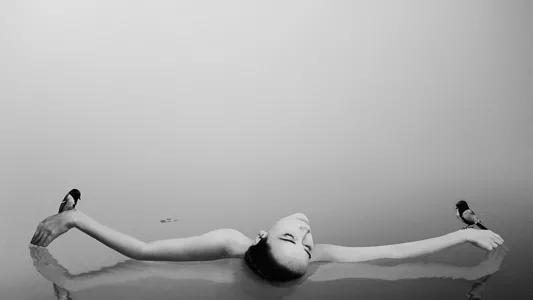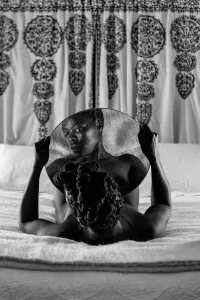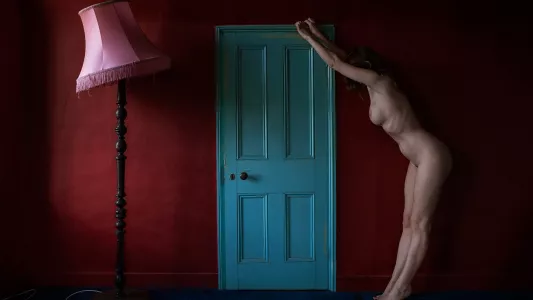When you photograph a face, you photograph the soul behind it.
Self-portraiture has been used as a mode of expression in all artistic mediums since the 15th century. By focusing on the self as a subject, the artist examines personal belief systems, place in society, and our multifaceted identity, thereby gaining a better sense of who we are. Turning the lens onto oneself creates an introspective space for reflection by submerging into the subconscious terrain of memory.
The camera is a powerful tool to tell our personal story through photography. Just like a painter, the photographer uses the lens as a paintbrush while the body is a canvas for expression. Telling our story is cathartic—expressing emotions and ideas through the visual with complete control of the scene to construct the mood and composition.
Self-portraiture allows the artist to take full autonomy over the creation of the image through asserting their vision—as the photographer and model. The 4 contemporary photographers below found the muse within to express their unique perspective.
Noelle Oszvald

The Hungarian photographer Noelle Oszvald creates surreal compositions channeling her emotions and showing us an aspect of who she is. She does not rationalize the meaning behind each portrait but instead asks the viewer to attribute their own interpretation. Her portraits are enigmatic and poetic, fusing geometric forms within minimal and otherworldly landscapes of her imagination. The faces are often shrouded in mystery, looking into the distance, evoking feelings of loneliness, sadness, and nostalgia. As she stands in the midst of the geometric composition, contrasted between black and white forms interacting with the room, there’s a meditative quiet stillness that is felt.
Viktória Kollerová

The work of the Slovakian photographer Viktória Kollerová are hauntingly dreamy, showing a range of emotions using the body as the subject. By diving deep into the recesses of her subconscious, she peels away layers to arrive at the true essence of her raw emotions, navigating the past and present. The temporal surreal scenes are mysterious and enigmatic, inviting us to enter and interpret through the lens of our own experience.
Zanele Muholi

The South African photographer Zanele Muholi uses her portrait work as a way of looking back on her country, post-apartheid and the reality of being a gay woman within South African society, including the discrimination and brutality that is directed towards the LGBTI community. Each portrait exudes authenticity, strength, and delicacy. Zanele shows herself with a darkly painted face and body, and through the use of different ornaments and costumes, a different narrative is crafted.
Polly Penrose

The UK photographer Polly Penrose uses her body contorted into different positions as the subject for her series “Body of Work”. In each portrait, her nude form becomes a part of the environment as it interacts with the space around it. The way each image unfolds is very spontaneous and not completely planned aside from the location and objects in the room. The photo is entirely controlled by the space and she fits her body around the furniture available in the room, whether it’s a staircase, table, dresser or chair, but her face never shown. The portraits were taken over a 7 year period at different life stages, from her marriage, pregnancy to life being a mother. During this time, she used the series as a way to document her changing body contrasted against the physical space it inhabits in a way that is playful and unconventional.












